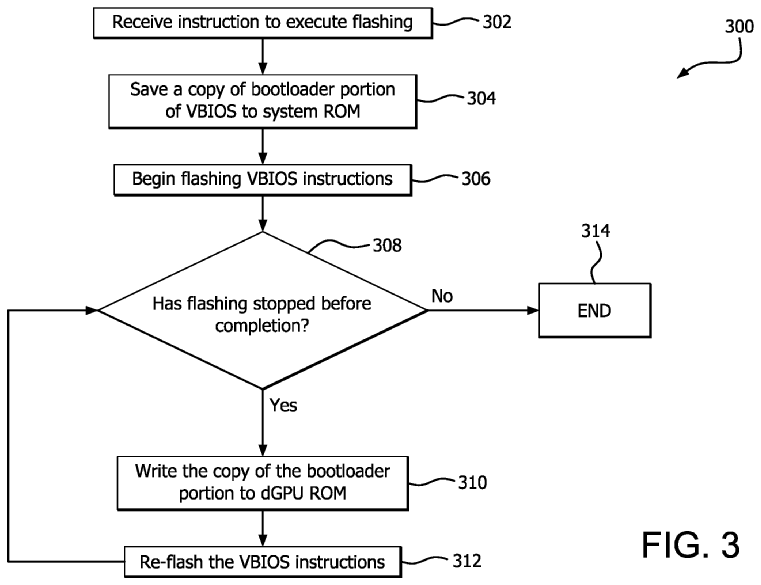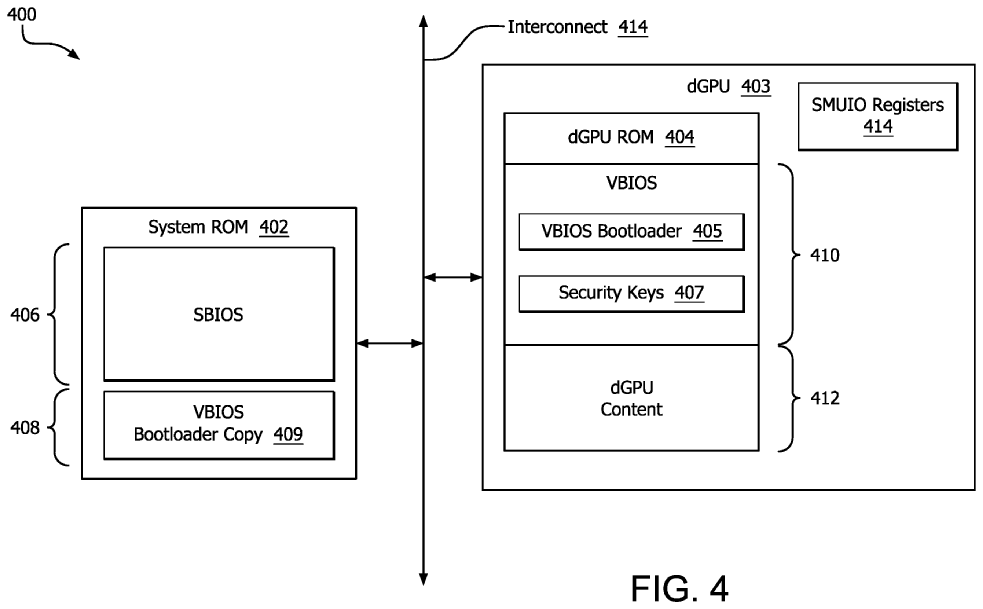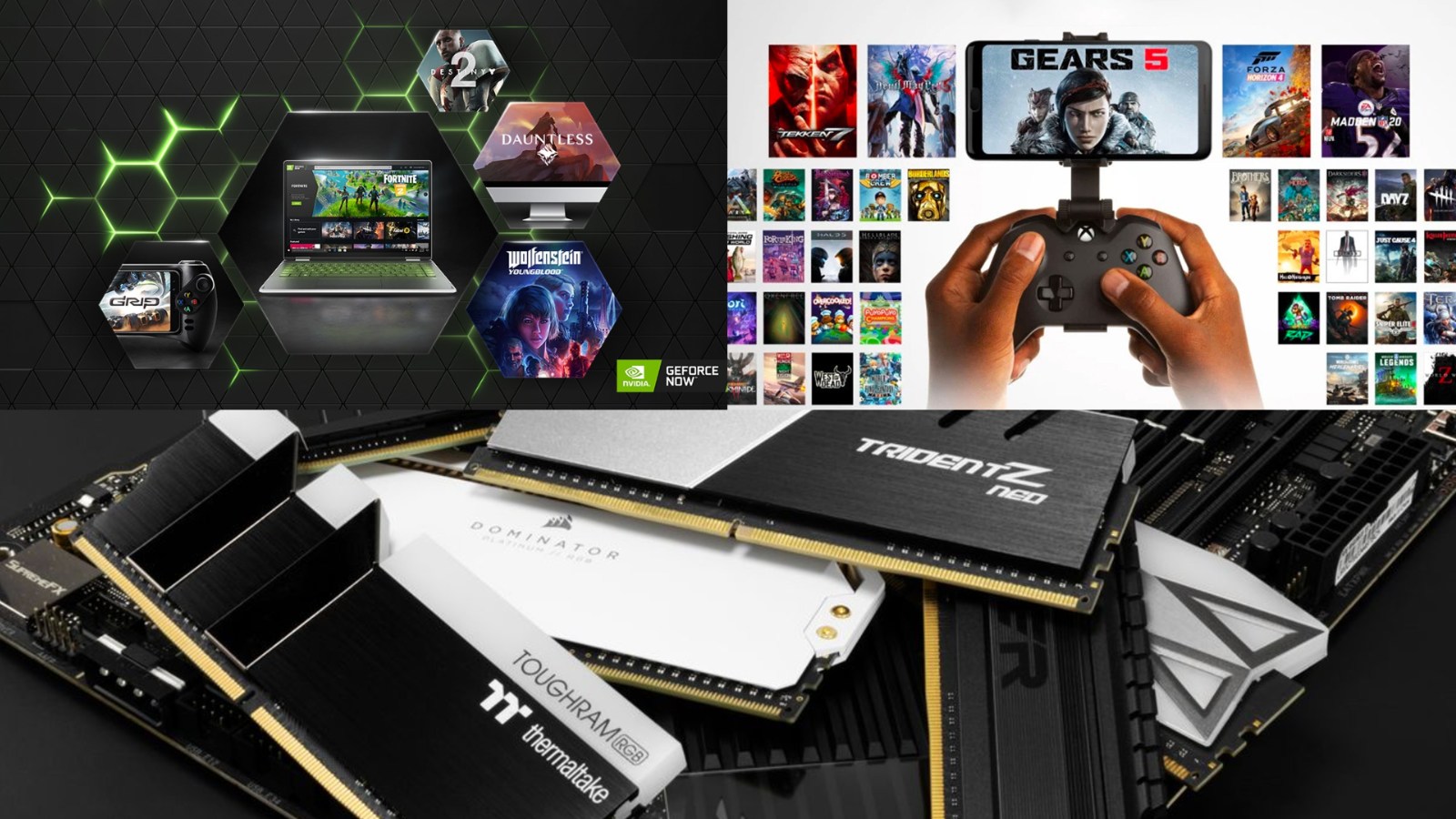- A new AMD patent outlines a software method to recover GPUs bricked by failed VBIOS updates.
- The system can store a backup bootloader in ROM and automatically detect failed flashing to restore the GPU.
- The VBIOS is reflashed without user intervention with the saved backup, restoring functionality.
Flashing a corrupted BIOS or experiencing interruptions during a VBIOS update, such as power outages, can easily render Nvidia and AMD GPUs unusable. However, AMD appears to have found a universal solution to the dilemma.
We have discovered a new patent published by AMD that discusses saving bricked GPUs after failed VBIOS updates using a new automated software-based method. In other words, bad VBIOS updates will no longer turn GPUs into a glorified brick.
A vital part of the bootloader is backed up in system ROM before the VBIOS update even begins. If the flashing goes wrong, the system automatically detects the failure, retrieves the bootloader copy from the ROM, and writes the bootloader back to the GPU ROM.
[The patent discusses] re-initializing the dGPU at the computing device (e.g., via software by the end user of the computing device) when the flashing of the VBIOS instructions is unexpectedly terminated before completion.
Why it matters: AMD’s new software-based recovery method for saving firmware-corrupted GPUs could be implemented in its gaming GPU lineup in the near future. This method would prevent many failed VBIOS updates from bricking the GPUs in the first place.

The patent called ‘VBIOS contingency recovery’ wants to give bricked GPUs unlimited shots at having a successful flashing. It can restore access to corrupted GPU registers and security keys by using a backup and restarting the flashing process until it is successful.
AMD argues that, in most cases, gamers need to send these bricked GPUs back to manufacturers for hardware-based solutions to restore them to working order.
When the flashing of the VBIOS instructions is unexpectedly terminated before completion, the VBIOS data can become corrupted, causing both the bootloader portion of the VBIOS instructions and security keys to be compromised.

Some GPUs already offer recovery options like dual BIOS or other complex, hardware-dependent methods. However, AMD’s software-based recovery solution automates and simplifies the process for everyday gamers.
AMD has published a slew of other interesting patents in the past, including one that discussed an incredibly complex chipset design for RDNA 5 GPUs two years ago. Similarly, Nvidia has also been securing wild ideas under the guise of legal documents.
Do you think the new software recovery method proposed by AMD will result in fewer GPUs being bricked by gamers? Let us know your thoughts in the comments below, or join the discussion on the Tech4Gamers forum.
Thank you! Please share your positive feedback. 🔋
How could we improve this post? Please Help us. 😔
Shameer Sarfaraz has previously worked for eXputer as a Senior News Writer for several years. Now with Tech4Gamers, he loves to devoutly keep up with the latest gaming and entertainment industries. He has a Bachelor’s Degree in Computer Science and years of experience reporting on games. Besides his passion for breaking news stories, Shahmeer loves spending his leisure time farming away in Stardew Valley. VGC, IGN, GameSpot, Game Rant, TheGamer, GamingBolt, The Verge, NME, Metro, Dot Esports, GameByte, Kotaku Australia, PC Gamer, and more have cited his articles.




